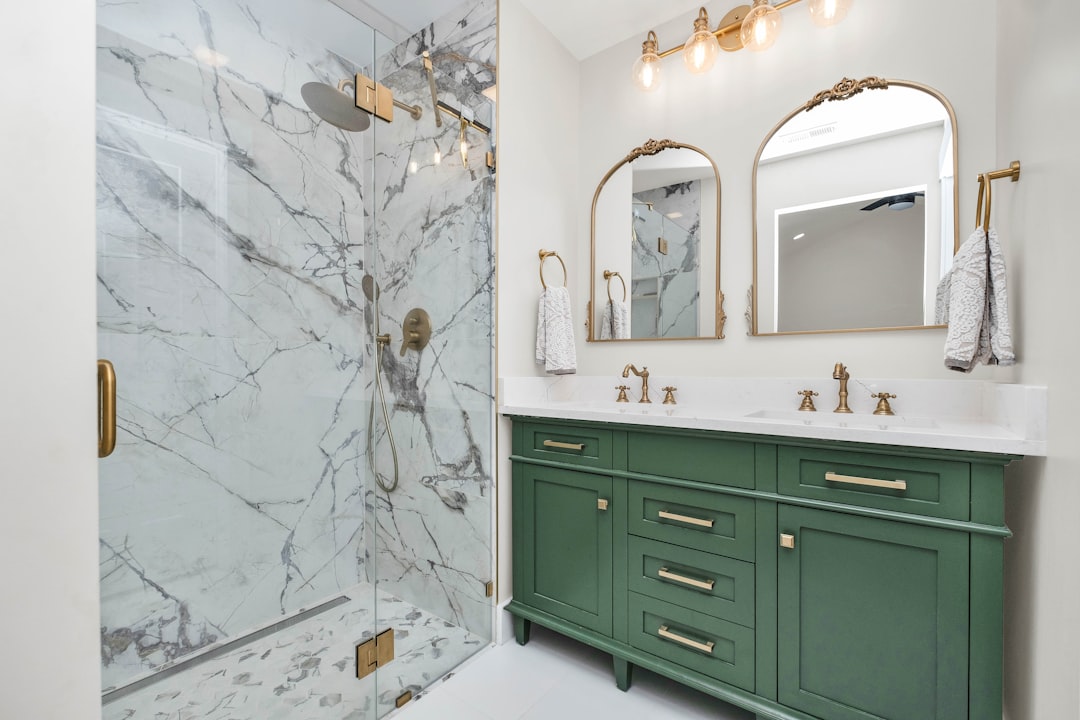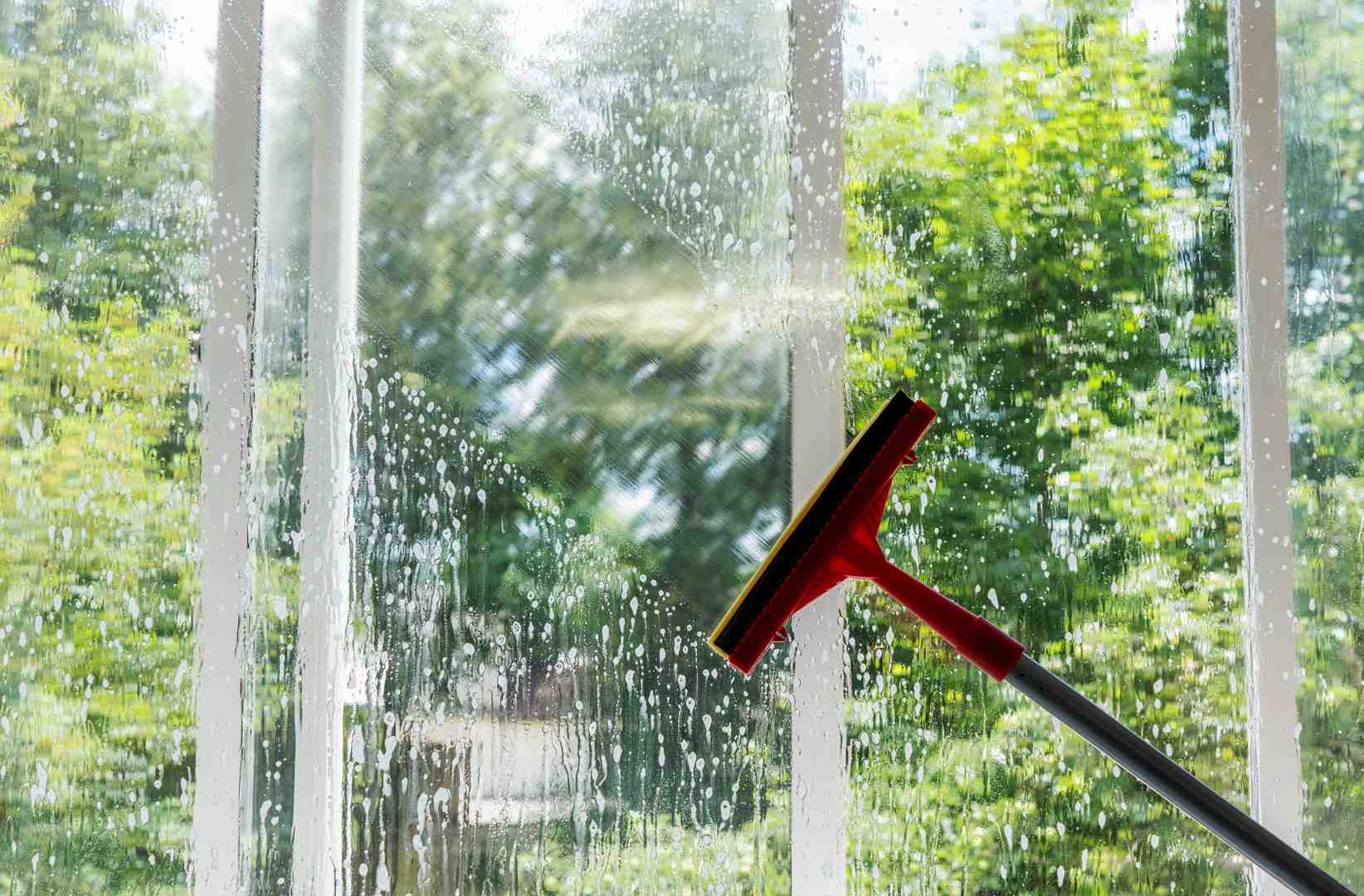ADA Grab Bars: What You Need to Know for a Safer Shower or Bath When it comes to home safety and accessibility, few features are as important as ADA grab…

Figuring out what the different window parts are and what they do will make buying and owning windows a lot easier. You’ll be able to better understand companies when they talk about what their product offers. If you have a concern and need to call them with a question, you’ll also be better able to communicate what’s going on. Today, we’ll go through each basic part of a window and what its function is. Let’s get started!
One particular set of terms that can get confusing is the sash versus the glass.
When you’re looking at the window, the glass is the actual pane or panes of glass in there. The sash is the part of the window holding the glass.
For example, when you’re opening the window, the sash is the entire part that moves.
You can also have an inoperable sash that can’t be opened.
On some larger window units, like a picture window unit or bow window unit, you can have a mixture of sashes that you can move to open and sashes that cannot be opened.
The part you can move is called the operable sash, while the part that can’t be opened is the inoperable sash.
The frame of the window is the part that’s connected to your house. It’s what holds the sashes. The sashes can easily be popped out and replaced by a professional, but the frame has to be completely uninstalled and reinstalled to be replaced.
Locks are the piece you flip or turn to engage on the window that keeps the operable sashes from moving.
This may seem like an obvious one, but it’s not to be confused with night locks/safety latches when you’re trying to describe an issue to someone.
Night locks, or safety latches, are a feature on double hung windows that allow you to keep the window open at only a few inches.
They’re usually on the upper half of the frame. You can pop them out when you please, and they block the movement of the sash past a few inches.
Some call them “night locks” because they allow you to crack the window at night without the fear of someone breaking in.
Others call them “safety latches” because they offer an added layer of safety to those with pets and kids. In 2015, about eight children died from falling out of windows, and another three thousand were injured.
Safety latches help with that. If the window is only open a few inches, that decreases risk of small humans and pets falling out and getting injured.
The grids, also sometimes referred to as grilles, muntins, or dividers, are the white lines that make up the grids in the glass of a window.
Not every window has grids. They’re one of the customizable design choices a homeowner can make when getting new windows. In fact, grids come in many grid patterns from which you can choose.
Heat loss through windows is responsible for 25% of residential energy costs, so energy efficiency is clearly important.
Many windows claim to seal out drafts, but how do they do it? Weatherstripping is the material that creates a seal between the sashes and the frame.
Most weatherstripping is made of rubber or silicone. Some have a fiber texture added to create a better seal.
You can usually see weatherstripping around the edges of the frame and sash so they lock together when the window is closed.
Those are all of the basic window parts you’ll need to know when shopping for and owning windows.
Other parts get more specific by window type, but these are the somewhat universal basics.
If you want new windows for your home, Advanced Window Systems, LLC (AWS) can help. Contact us today at 1-800-CALL-AWS to schedule a free in-home estimate.

ADA Grab Bars: What You Need to Know for a Safer Shower or Bath When it comes to home safety and accessibility, few features are as important as ADA grab…

Discover how to choose the ideal shower backsplash tile for style, durability, and easy cleaning in your bathroom remodel.

Discover top window solutions for businesses to boost efficiency and comfort. Learn about styles, affordability, and professional installation.

Find the best bathroom remodelers near me with expert tips, cost guides, checklists, and local contractor advice for a stunning upgrade.



If you want the best Vinyl Replacement Windows for your home in Connecticut or Western Massachusetts, contact us today at 1-800-CALL-AWS to schedule your free in-home estimate!





